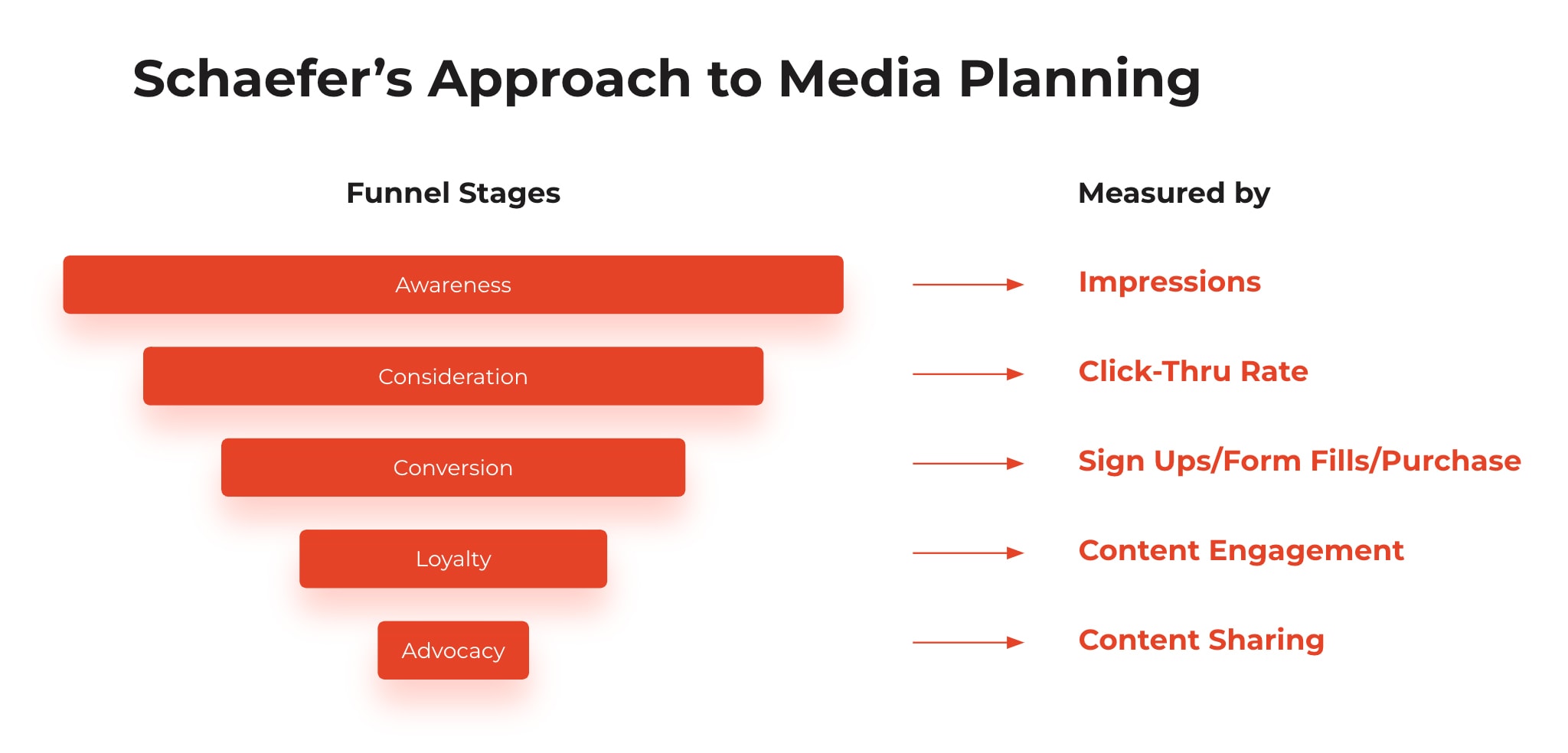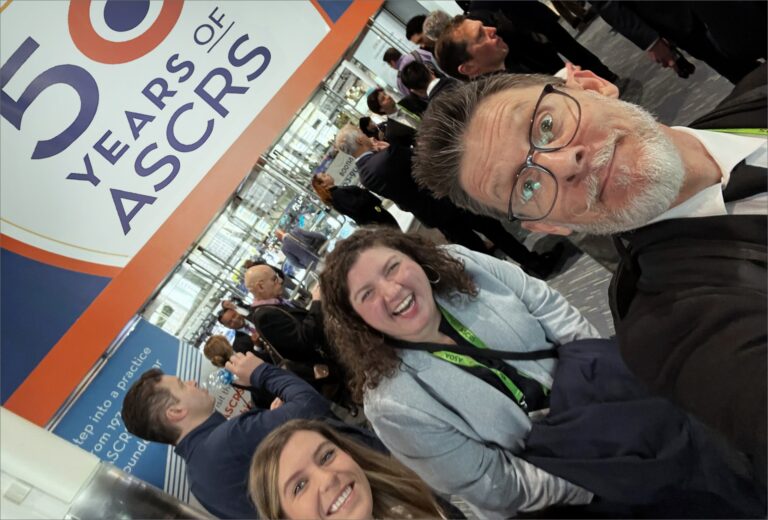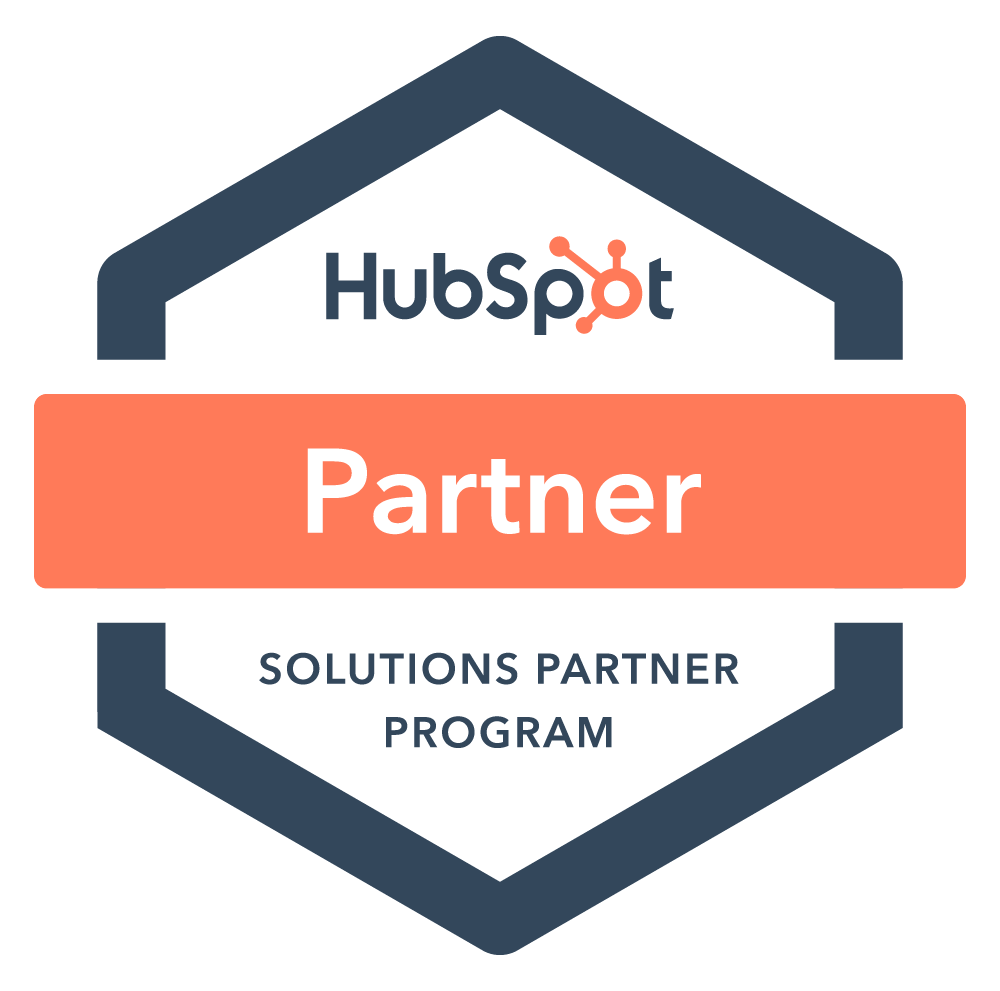If you’ve ever evaluated a marketing campaign utilizing an integrated analytics platform, you’re probably somewhat familiar with attributing success to certain channels. For example, your report may indicate that based on last-click attribution, paid search drove 400 conversions totalling $20,000 in revenue. Last-click attribution is the attribution model that measures which marketing touchpoint a customer last clicked on or engaged with before purchasing, and gives it 100% of the credit. But what other touch points did your customer interact with to get to that purchase? How did each of your efforts work together to drive those purchases? And what was the most common path to conversion for your customers? These are essential questions to answer in order to build a successful media program for achieving your business goals.
Widening your view
It was once common practice to rely on last-click attribution. According to Google, a data-driven attribution model is much more sophisticated and will yield stronger results. Key benefits include reaching users earlier on in their path to purchase and being more customized to your business and your consumers. When you evaluate based on the full consumer journey(s), you get a better and more accurate view of what is driving success.

Let’s see it in action
We believe in holistic planning that capitalizes on the strength of each channel based on your campaign’s unique goals. There’s no one-size-fits-all media strategy.
Take these examples from our clients for instance:
Campaign 1 is for a company with strong brand awareness promoting an event that is often considered a family tradition.
- 72% of online purchasers in 2022 only needed 2-3 online touchpoints to convert.
- Of the 500 different conversion paths, 85% included direct traffic as a touchpoint.
- 55% of the 2-3 touch conversion paths included both paid and organic search.
For Campaign 2, let’s look at data from a new company with minimal brand awareness promoting annual memberships. The data looks significantly different.
- Roughly 45% of users needed at least 4 touch points to convert.
- With only 79 different conversion paths, paid media played a contributing role in almost 75% of conversions.
- The top two conversion paths, making up 35% of all conversions, began and ended with paid search. Meaning that both the first and last touches for those customers were from search queries where the prospect clicked a paid ad.
What do you do with all this data?
Not all customers are created equal, but strong behavior patterns arise when your audience targeting is accurate. When evaluating campaigns, here are some questions you should ask:
- How much brand awareness is there amongst our target audience?
- The more brand awareness you’re working with, the more you are able to rely on direct and referral traffic to drive conversions. The majority of your media budget should be in the ‘consideration’ phase.
- If brand awareness is low, make sure to set aside additional budget to fill the funnel, and to convert users. You will need more budget for paid media the lower your brand awareness is.
- What is the size of our target market?
- To help with budgeting, evaluate your total target audience size and how many clicks to purchase are needed per conversion. The larger your audience and the more clicks needed historically, the more budget you will need (and the more opportunity for revenue there is).
- Keep in mind what role your direct traffic plays in this equation and adjust your budget accordingly.
- Do we see trends with specific channels, first-click, last-click, etc.?
- If there is consistency within your data set, lean into that and adjust your strategy to leverage it by flighting and/or optimizing budgets.
- Review your data to determine the top paths to conversion, then attribute success based on the likelihood to influence that conversion.
Don’t forget that awareness media is what drives the top of the funnel. Your awareness channels may rarely appear in these conversion paths, but they are critical to success. If you remove all awareness, you risk running through your quality leads at the onset of a campaign and seeing a quick dropoff after early strong success.
Our team of experts
For almost 15 years, Schaefer has had a dedicated team focused on purchasing intent in the entertainment space. We call ourselves the Attractions, Tourism & The Arts team. We are experts in understanding how to get in front of your target market and convince them to invest in your experience.
If you share your business goals with our team we will educate ourselves on your market and develop a strong, data-driven plan to drive sales. At the end of the day, if you’re successful, we’re successful.








